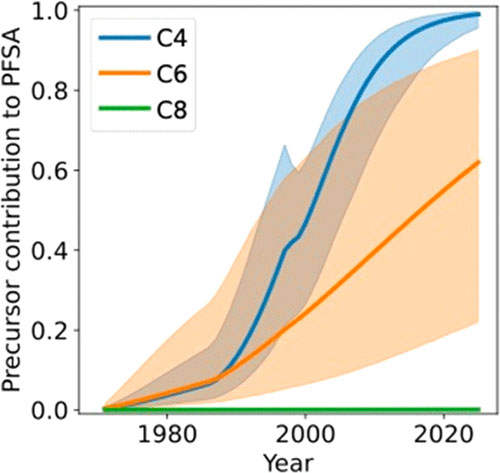






















Our research goal is to better understand how chemicals released by human activity interact with natural ecosystems and affect living systems. Our work quantitatively analyzes the entire exposure pathway for pollutants to identify key processes that have a large influence on their accumulation in living organisms. Our research approach combines environmental measurements with statistical and mechanistic simulation models to project chemical levels over space and time. This integrated approach allows us to better understand how human activities and climate change are affecting human and ecological health risks associated with environmental toxicants.



Featured Paper
B.R. Ruyle, C.P. Thackray, C.M. Butt, D.R. LeBlanc, A.K. Tokranov, C.D. Vecitis, E.M. Sunderland. 2023. Centurial Persistence of Forever Chemicals at Military Fire Training Sites. Environmental Science & Technology.
57, 21, 8096-8106.
Summary
The US military is the largest global user of AFFF containing PFAS and this has led to contamination of drinking water supplies at hundreds of sites across the country. This research shows that slow biodegradation of PFAA precursors in the vadose zone are sustaining the flux of PFBS and PFHxS in groundwater decades after AFFF use stopped. Model simulations suggest that without remediation PFAS levels above regulatory guidelines will persist for centuries. Read the press release on this work here:
Scroll down to learn more
- Below are a selection of figures from our recent papers -
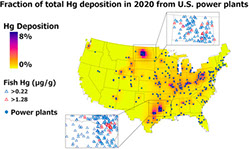
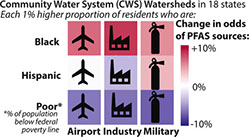
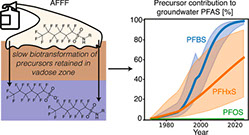
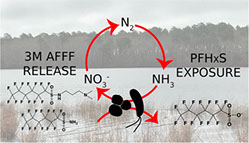
Environmental Science & Technology Letters
Environmental Science & Technology
Environmental Science & Technology
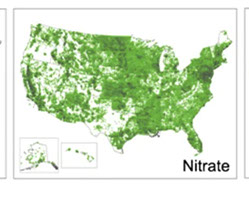
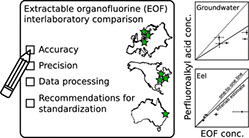
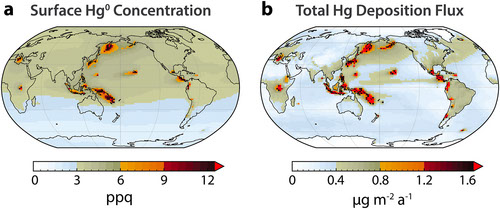
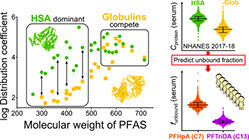
Current Environmental Health Reports
Environmental Science & Technology
Geophysical Research Letters
Environmental Science & Technology
SEE PUBLICATIONS FOR MORE
- Past Research Sponsors -





.jpg?crc=3767205290)
- Back to top -
Sunderland Lab

Group Administrator: Robert Stanhope
Address: 29 Oxford Street, Cambridge MA 02138
E-mail: stanhope [at] seas.harvard.edu
